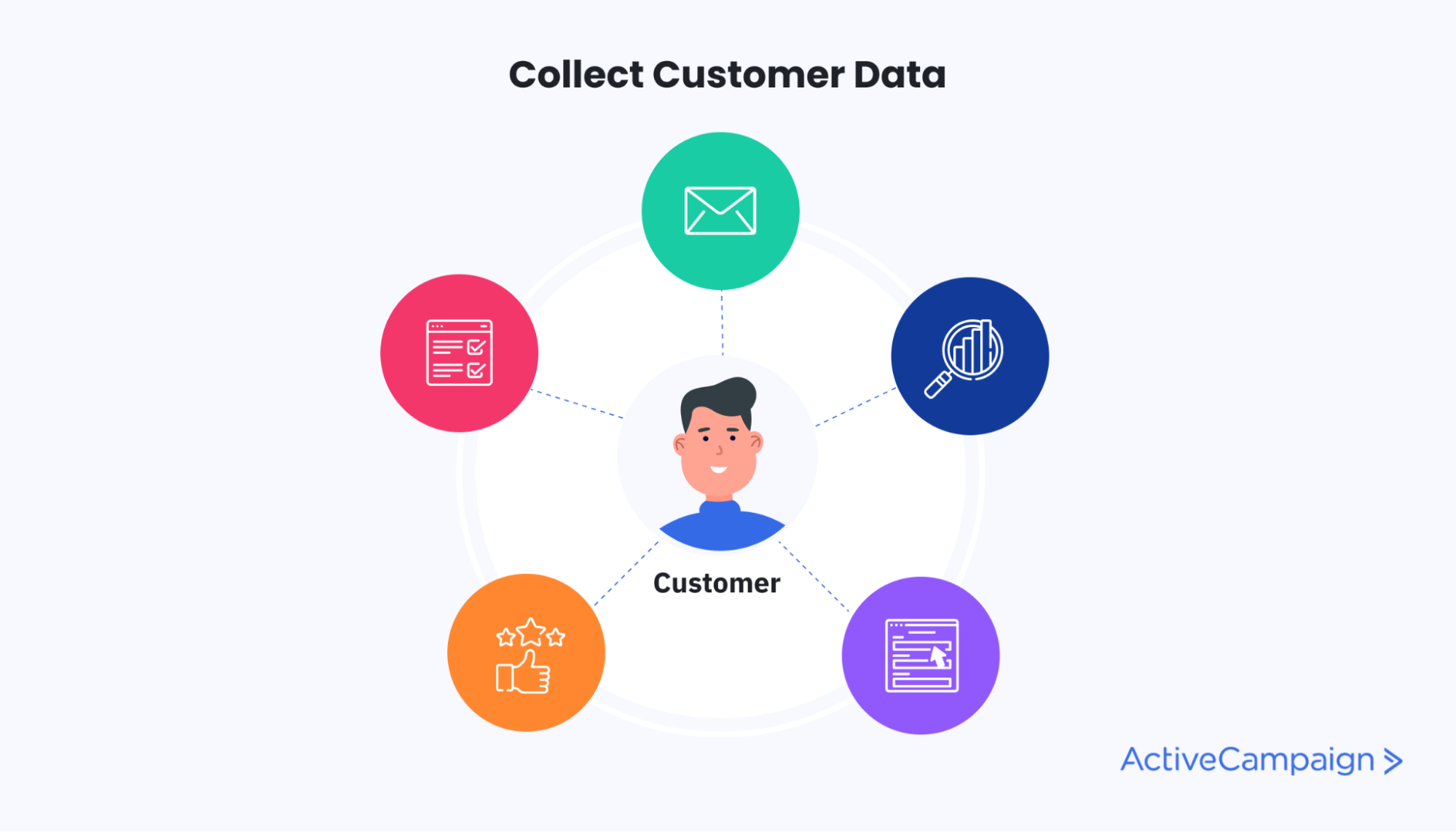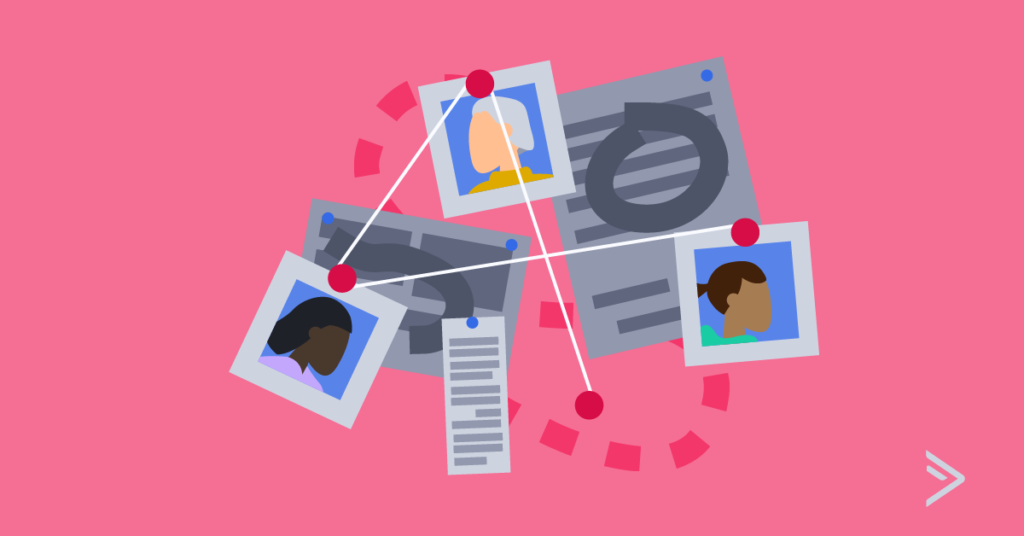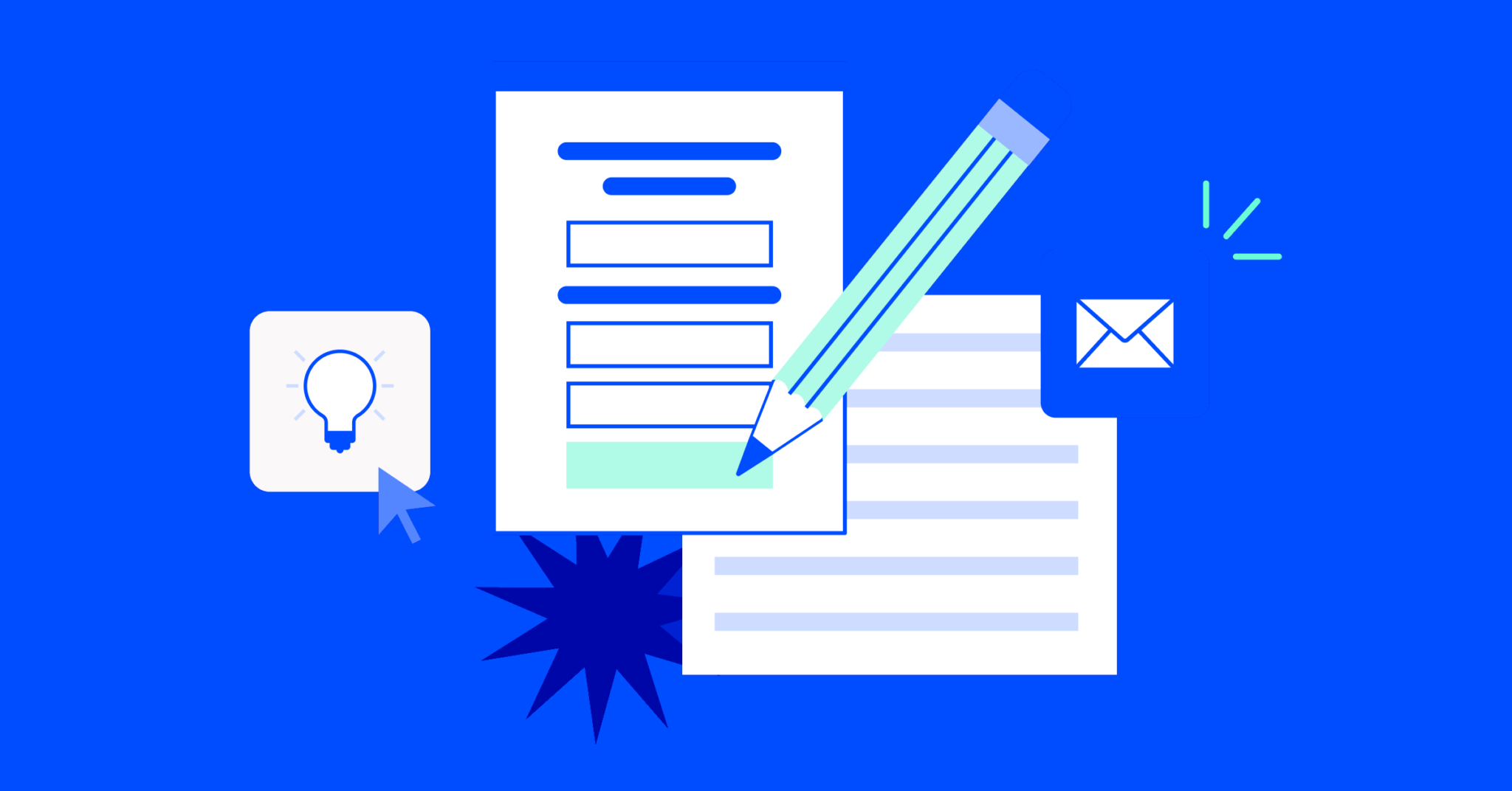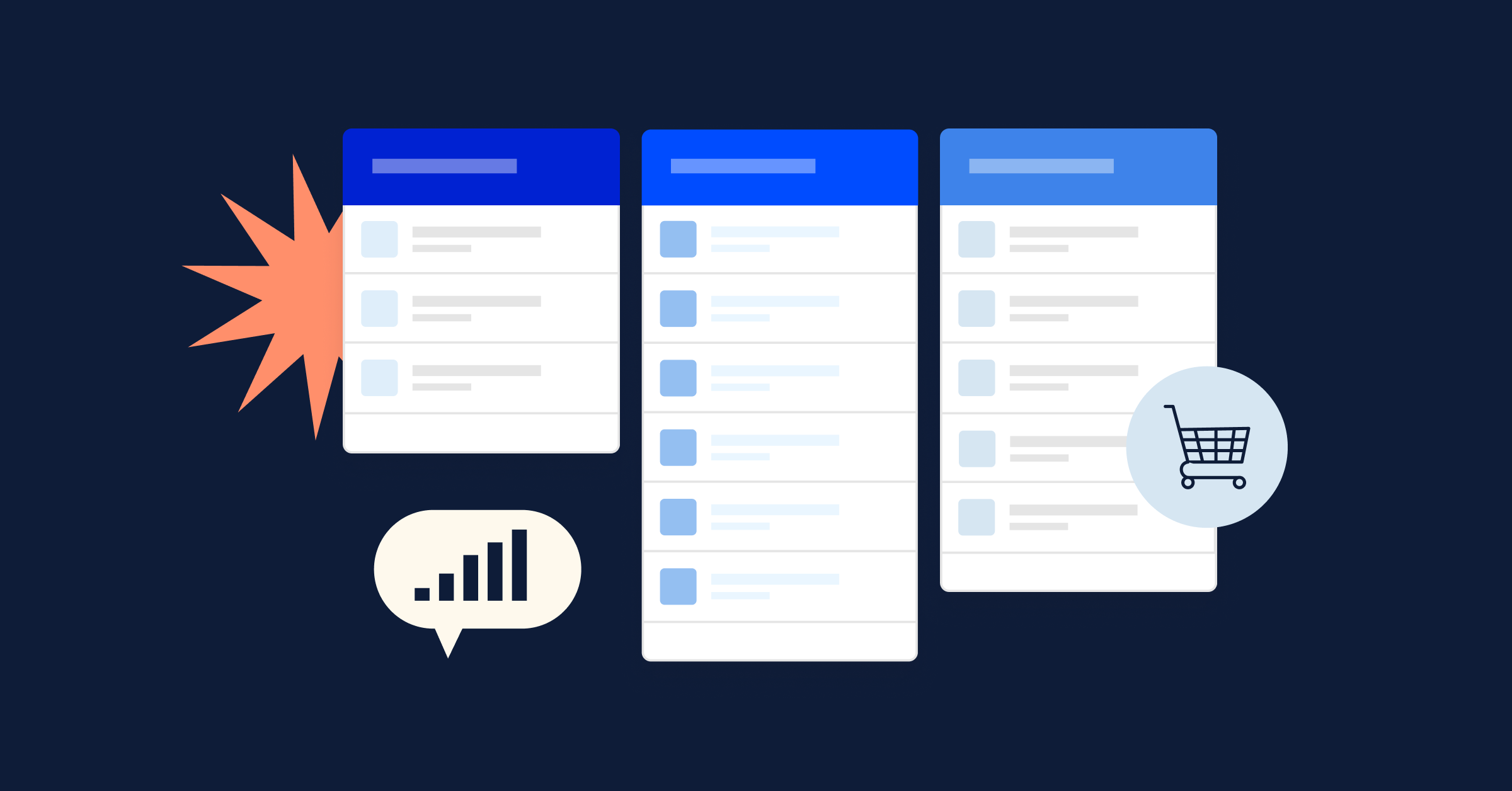Customers don’t just prefer personalization in marketing, they demand it.
72% of consumers say they only engage with marketing messages tailored to their interests. The more they shop, the more that’s true. 80% of “frequent shoppers” will only buy from brands that personalize their experience.
Most marketers understand this and are already sending personalized emails or running personalized pay-per-click ads. But you could probably be doing more.
Did you know you can personalize the content of your website for each site visitor?
This article introduces website personalization, why you need it, and how you can get started.
What is website personalization?
Website personalization displays different versions of your web page to different segments of visitors, negating the need for creating multiple landing pages. Previously, for example, you could have different web pages targeting people from different cities.
Landing pages are still a useful and common strategy, but they’re not the only way to share a targeted message. With the right tool, you can send everyone to the same page where they’ll see a message perfectly targeted to them.
An audience member tagged as being in San Francisco can see a different version of your homepage than one who’s in New York.
What are the benefits of website personalization?
Why should you even bother personalizing your website? Is providing tailored website content worth the investment?
Here are a few things you can expect to achieve when you personalize your site.
A targeted customer experience
A personalized experience delights customers.
In fact, they prefer it so strongly that they’re willing to sacrifice some privacy to get it. Most consumers report that they’re willing to share personal data with companies to achieve a more personalized experience.

Better customer relationships
Customers are happier when you recognize and understand them. 33% say they’re very frustrated when a company sends offers that aren’t relevant to them or that they wouldn’t be interested in.
Increased conversions
Better targeting and happier customers mean more sales.
Website personalization lets you reach your audience with the message that resonates most and inspires the most conversions.
Common website personalization challenges
While personalizing your website has several benefits, it’s not always easy. However, many of the challenges that used to stand in the way of website personalization can now be overcome with modern software.
Let’s look at a few common issues.
Reliance on developers
Without the right tool, it would take significant development resources to create a personalized site.
But if you have site tracking and a website personalization solution in place, anyone can create and edit personalized content on your site.
Data silos
Website personalization relies on data. To show site visitors the right message, you have to have information about who they are.
This customer data comes from a lot of different sources, like site tracking, your CRM system, and email analytics. Sometimes the obstacle to your personalization efforts isn’t collecting the data but easily accessing and using it.
If your website personalization solution can’t integrate all of your data sources, you won’t have a complete picture of who your customers are and won’t be able to show them perfectly personalized website content.
Privacy concerns
Collecting data on your customers and prospects means you have to be careful with data security.
As mentioned above, the majority of consumers accept some data collection tactics in the name of providing a personalized customer experience. It’s up to you to make sure you don’t violate that trust.
Any software you use to handle customer data should have strong security and compliance standards. Therefore, utilize multifactor authentication (MFA, perform audits, use encryption software to encrypt sensitive information, and use VPN for secure networking.
Website personalization ideas
Website personalization allows you to show different versions of your content to different site visitors. The most effective way to do this is through predictive personalization — using the information you have on your audience to predict what they might want to see.
Here’s a breakdown of the content you can personalize on your website, the types of targeting you can use to deliver a unique experience to your website visitors, and some website personalization examples.
Types of website personalization
1. Text
The written content a person sees on your site can be tailored to their needs and interests.
For example, your message might be different depending on the site visitor’s stage in the customer journey. If one visitor is new to your page and came in through a high-level blog post while another is an existing customer, they could see a different headline on your homepage.

2. Images
You can show different images to specific types of visitors. For example, a fashion retailer might show different images to different genders or focus on lifestyle products they think customers are most likely to buy.
3. CTAs
Your CTA links and buttons can also be personalized.
For example, they can link to different products or different downloadable content based on the interests of the user or where they are in the customer journey.
Types of personalized targeting
1. Demographics
You can use any information you have about a user to divide them into segments. For example, target users based on age, gender, income level, or occupation.
2. Location
Target based on where the user lives. For example, show information on local events or base your recommendations on popular products in the person’s area.
3. Interests
If you’ve collected information about your users’ interests, lifestyles, or hobbies, you can divide them into segments based on that information and use it to inform the content you show.
For example, you could recommend different blog posts to users with different lifestyle tags.
4. Behavioral
You already know a lot about your customers and prospects based on their interactions with your website and emails. You can target them based on that behavior.
For example, use retargeting to show product recommendations based on which products the user has viewed in the past. Or track abandoned carts and show your visitors content related to the products they didn’t finish buying.
Website personalization examples
1. Ecommerce personalization example
An ecommerce website can track which products a website visitor has already purchased and use that information to make further product recommendations.
When an existing customer returns to the website, they’re shown the personalized recommendation most likely to result in a cross-sell.
2. Personalization by vertical example
A B2B company that sells to different verticals can provide content recommendations based on the industry of the website visitor.
For example, a CTA that prompts the user to download an industry white paper can be changed for each visitor to lead to industry-specific content.
Website personalization strategy: 5 simple steps
Follow these five easy steps to build a website personalization strategy and improve the customer experience of your website.
1. Use a website personalization tool
Before you can do any kind of website personalization, you’ll need to invest in a solution that makes it simple.
The most important thing is that this tool integrates with your existing data sources and tech stack.
For example, you should be able to use the customer and lead information that you’ve collected in your CRM and email marketing analysis to determine which content to show visitors.
You should be able to personalize your existing pages, not just create new ones. Make sure the tool works with the landing page and site management tools you’re already using.

2. Collect site visitor data
The foundation of your website personalization strategy is data. The more you know about the people who visit your site, the more effectively you can target their needs and interests.
You probably already know a lot about your audience. Any data you’ve been collecting can be used to tag and segment visitors to your website.
Some common sources of user data include:
- Website analytics
- Email analytics
- Mobile app data
- Customer surveys
- Online and in-store sales
- Customer support tickets
- Ad interactions
3. Create audience segments
The next step is to take all of your data and divide audience members into segments, or small groups of people with similar characteristics.
For example, maybe you have data about who has looked at certain pages on your website. You also have data from a survey you sent out. Both sources identify users with a particular interest in wearable devices, so you can group them together in a segment.
You’ll use these segments as tags in your website personalization tool. The content they see will be based on the group you put them in.
4. Plan your campaigns
Now that you have your audience segmented, decide which personalized content you’ll show to each group.
The possibilities for personalization are endless, but you have to start somewhere. The first step is determining what you would like to accomplish.
A campaign aimed at improving cross-sells and upsells will look different than a campaign for improving your blog’s bounce rate. Determine how personalized content could help you achieve your goals.
In the cross-selling example, you could show product recommendations to customers who have previously purchased a particular item. To improve your bounce rate, you could start showing users blog posts based on what type of links they clicked in previous emails.
Your first website personalization campaigns should be the ones that reach the largest audience. For example, personalizing the banner on your homepage will have a greater effect than personalizing product recommendations for a small segment of users.
5. Measure your success
As with any type of marketing campaign, website personalization should be tracked and continually optimized.
Here are some metrics you can look at to see whether your personalization efforts are paying off.
Visitor frequency
How often do visitors come back to your page? If visitor frequency is increasing, your audience is probably more engaged than they were when your message was generic.
Time spent on page or site
Another measure of engagement is the time that users spend on your site or on the page that you’ve personalized.
Number of pages visited
Once an audience member has read your blog post or company information, do they stay on your site and look at more pages?
If they do, it’s a good indication that your personalized CTAs and content recommendations are working.
Number of actions taken on site
Similar to the number of pages visited, you can track how often visitors take actions like downloading an asset or filling out a form.
Conversions
Of course, the end goal isn’t just engagement but conversions. Measure how many conversions you can attribute to your personalized content.
Website personalization improves sales
Consumers have become used to a personalized experience. Every day, they see ads for products they’ve browsed or receive marketing emails tailored to their interests. Why should website messaging still be generic?
Targeting individual users through website personalization delivers a unique experience and drives more conversions.



